Biography
No one would have thought that a young lawyer from Milan, of all people, would finally bring Murano glass art out of its crisis and into the modern age. "L'avvocato", the lawyer, or "il forestiero", the stranger, he was called in Murano glassblowing circles throughout his life because of his origins. At least since the fifties, the name Venini was synonymous with works of art made of Murano glass. Unlike many other company founders, Paolo Venini was not born with a passion for glass. As his granddaughter Anna Venini reported in an article about her grandfather, the art and literature enthusiast fell in love with the lagoon city during the years of the First World War. After graduating from law school, Venini looked for a way to stay in Venice forever. Founding his own glass company was the solution. He was able to recruit Giacomo Cappellin as a partner, who enriched the company Vetri Soffiati Muranesi Cappellin Venini & C. with his experience as an art dealer. The glassblower Andrea Rioda guaranteed the highest technical quality and Vittorio Zecchin was the ideal choice as artistic director, as he was one of the most recognized painters and glass artists in Venice. A year after the company was founded, the first glass store was opened in Piazzetta Leoncini in Venice, followed by other stores in Milan, Rome and Turin. Later, Paolo Venini also expanded abroad, creating branches in Amsterdam, Berlin, Bucharest, Munich, London and Paris.
Napoleone Martinuzzi followed as artistic director of the company from 1925 and Tomaso Buzzi in 1932, before Carlos Scarpa took over the design of glassware at Venini. Until 1947, the architect shaped the company's production with his inexhaustible wealth of ideas. Scarpa shared with Paolo Venini an interest in traditional glassmaking techniques and in the history of art. Vessels with refined surface finishes such as the Battuto and Corroso series became icons of the forties. Paolo Venini also opened the company to artists and designers from abroad with great success. In 1937, Tyra Lundgren from Sweden designed ideal souvenirs for travelers to Venice. After the Second World War, during which Venini temporarily stopped production, the young graphic designer Fulvio Bianconi from Milan enriched the product range with sales classics such as the Commedia dell'Arte figures or the Pezzato vases.
Paolo Venini often personally participated in the design process as designer and also last critical authority before a design was mass produced. In the fifties, he designed vases with murrine and thread glass decorations, as well as magnificent lamps made of polyhedra. When Paolo Venini died in 1959, an era of Muranese glass art came to an end, but the company continued successfully. First by his wife Ginette Gignous, then by his son-in-law Ludovico Diaz de Santillana, who brought international designers such as Tapio Wirkkala and Timo Sarpaneva to Murano.
Objects by Paolo Venini
-
Sold
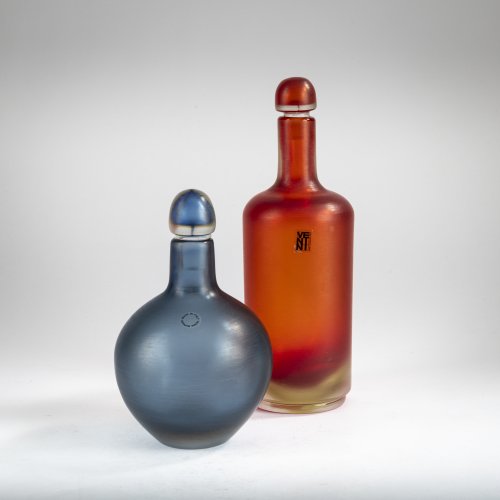
-
Sold
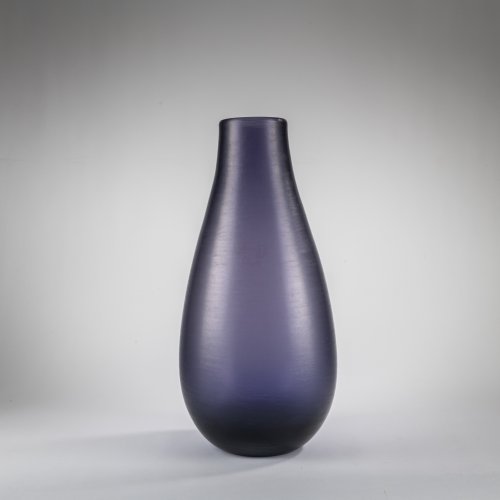
-
Sold
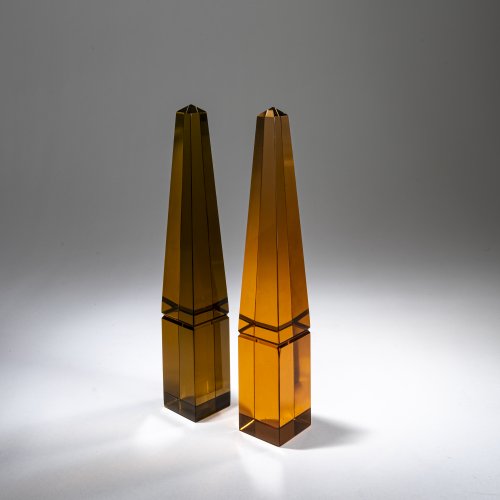
-
Sold
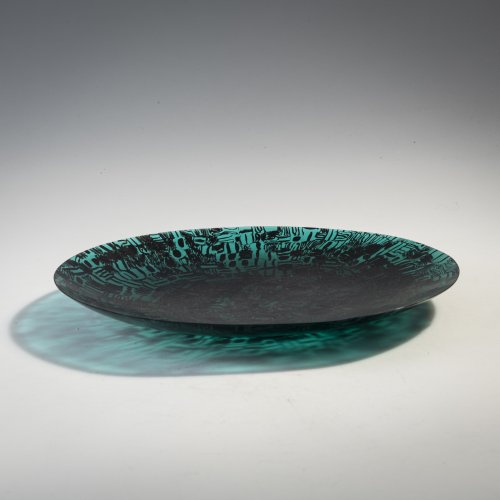
-
Sold
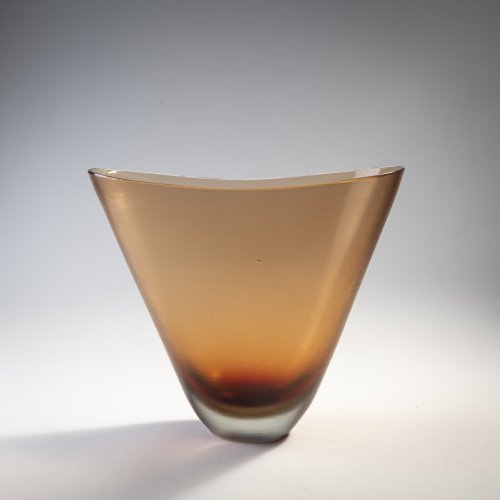
-
Sold
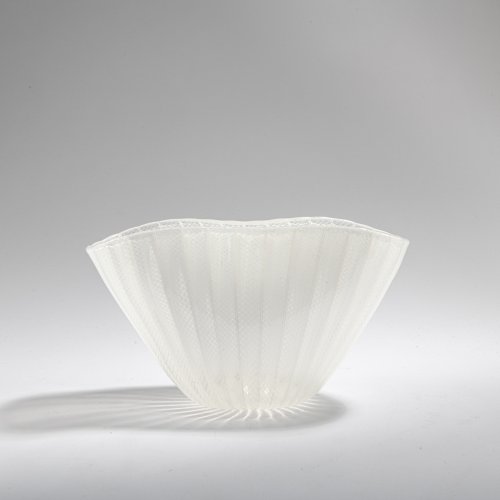
-
Sold
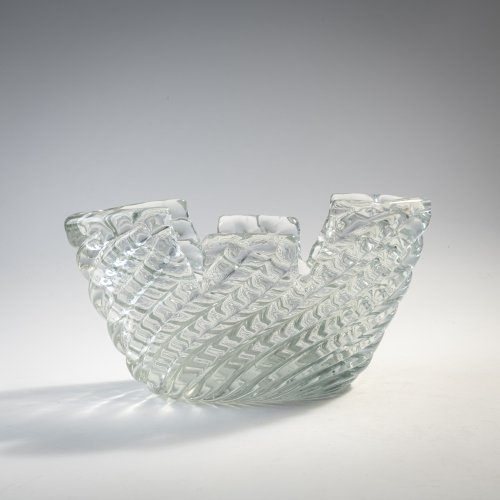
-
Sold
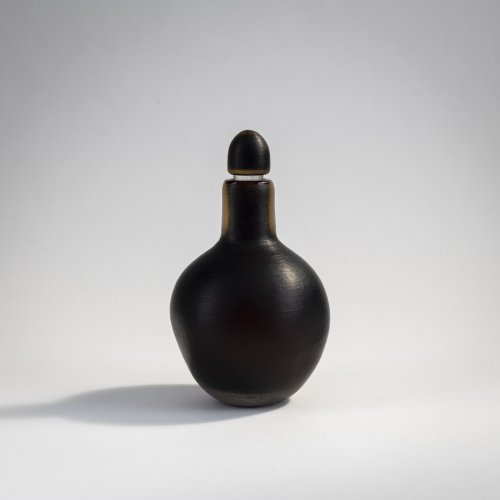
-
Sold
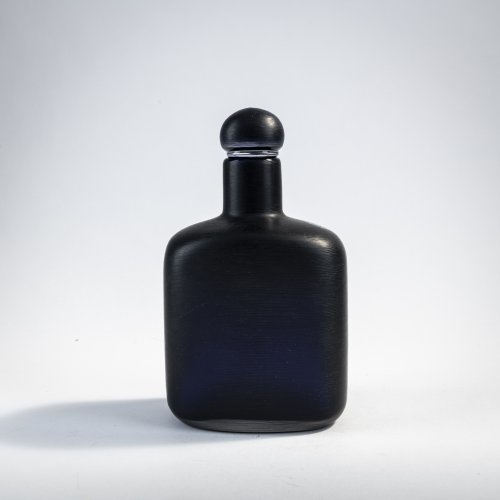
-
Sold
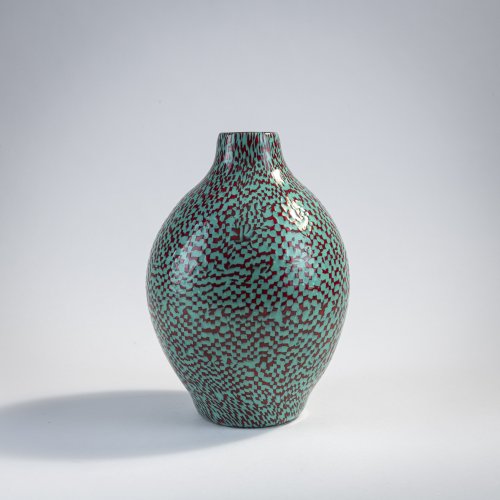
-
Sold
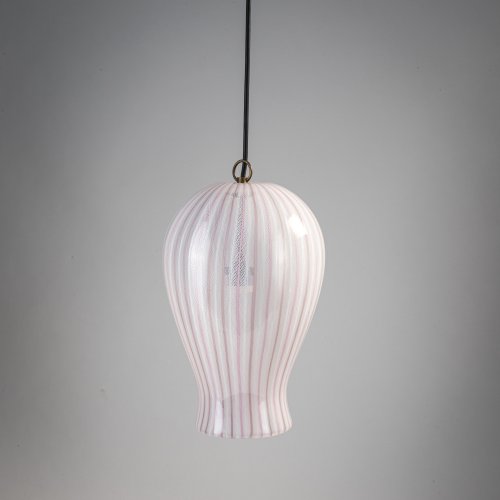
-
Sold
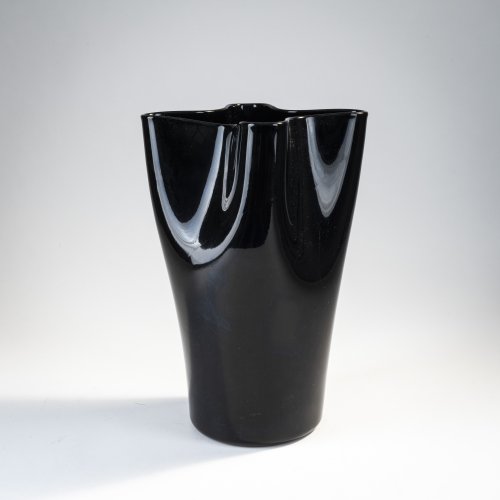
-
Sold
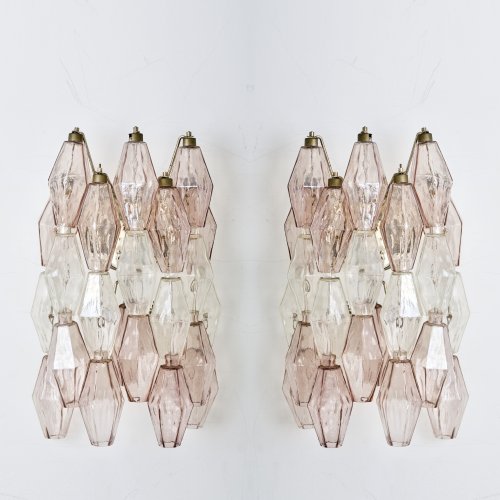
Ignazio Gardella, Carlo Scarpa, Paolo Venini, Enrico Peressutti Venini & C., Murano
Two wall lights 'Poliedri', 1958
Hammer Price: 2,000 €
-
Sold
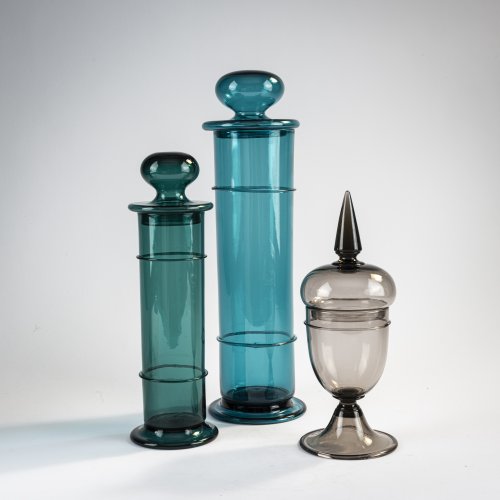
-
Sold
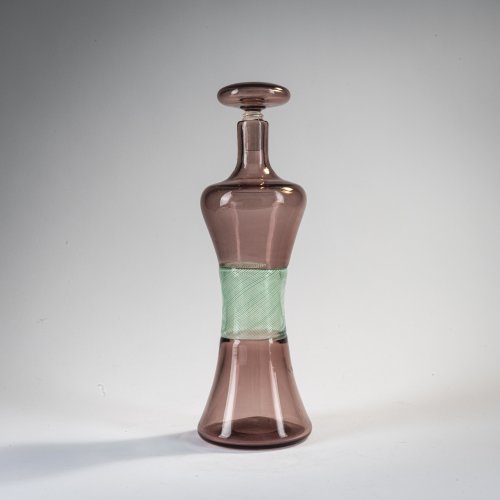
-
Sold
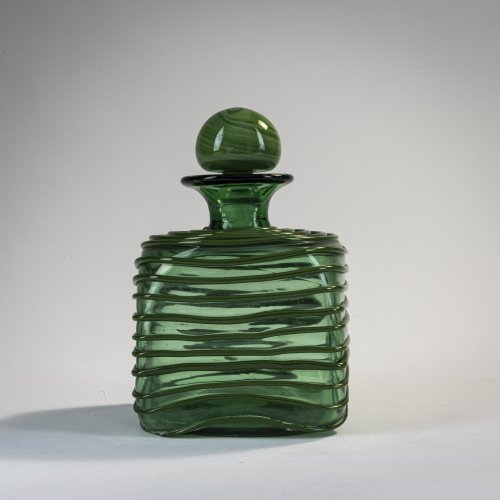
-
Sold
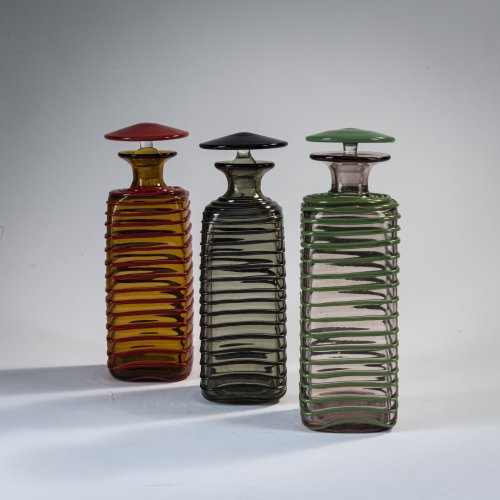
-
Sold
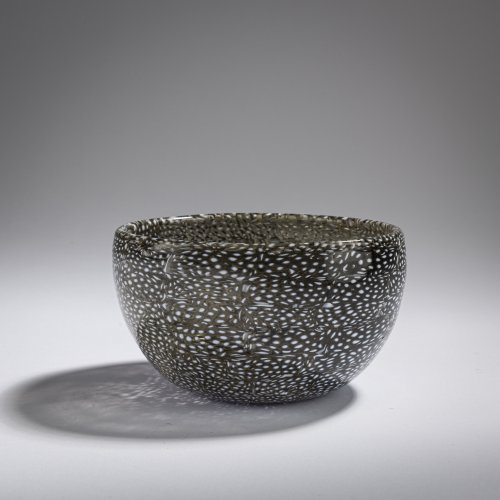
-
Sold
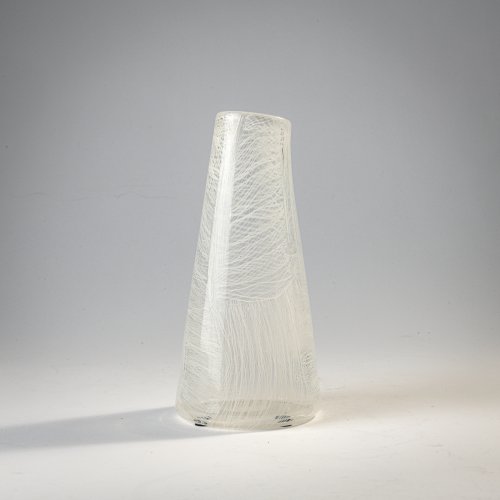
-
Sold
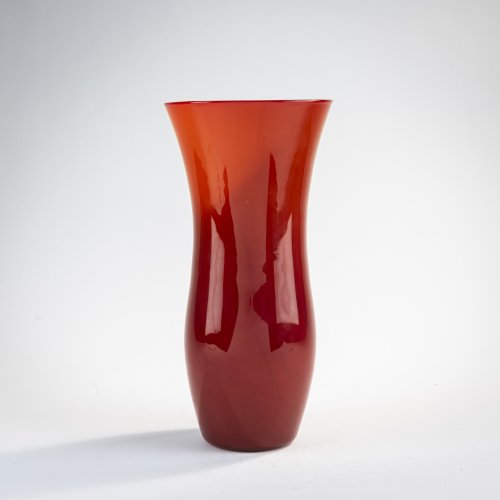
-
Sold
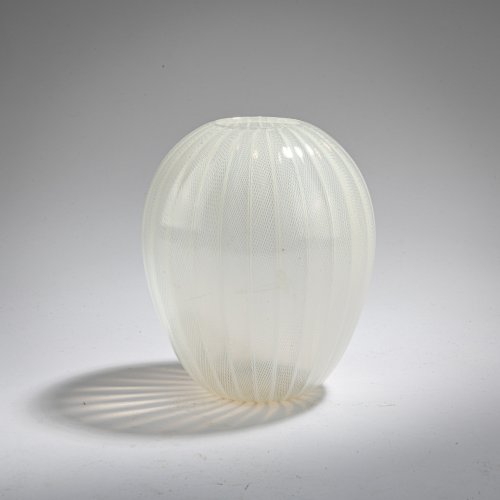
-
Sold
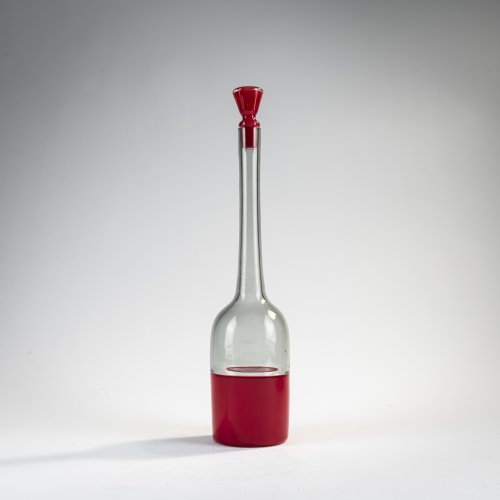
-
Sold
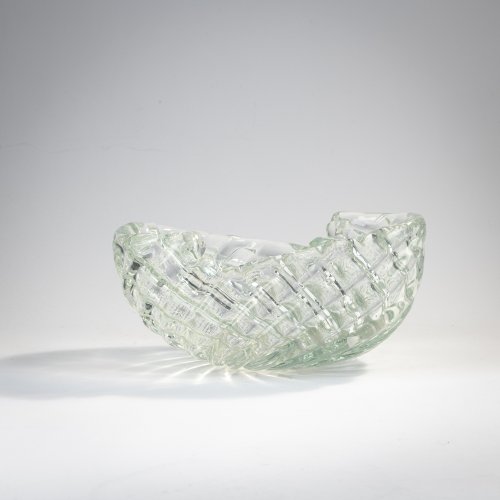
-
Sold
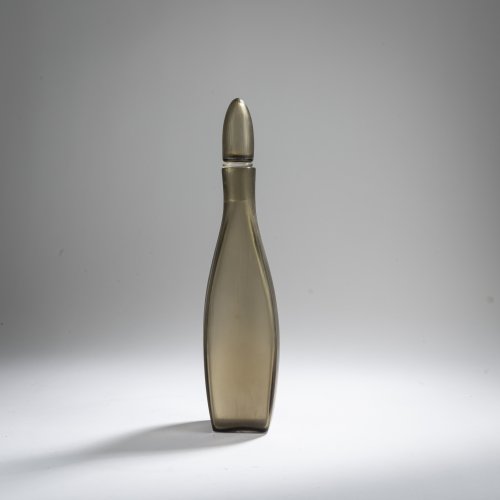
-
Sold
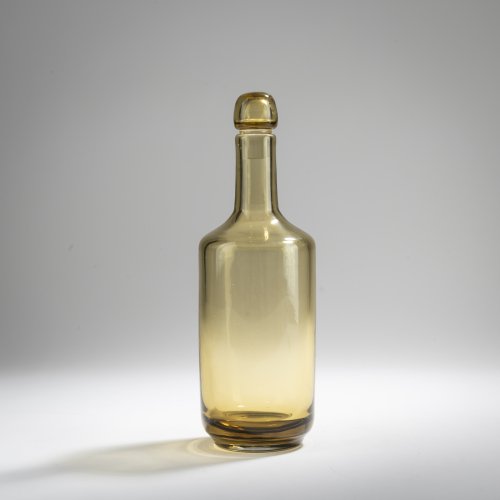
-
Sold
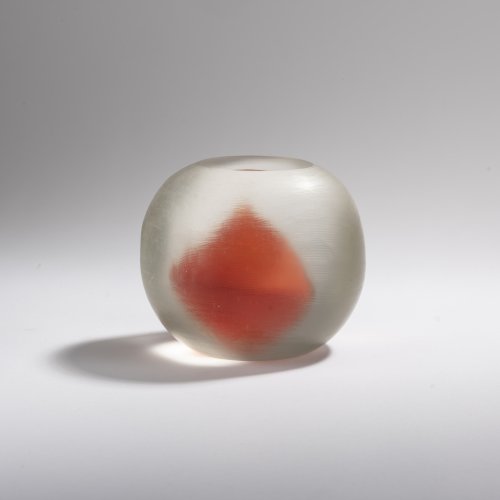
-
Sold
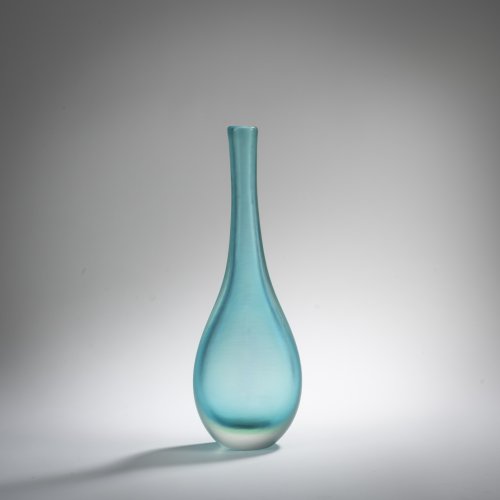
-
Sold
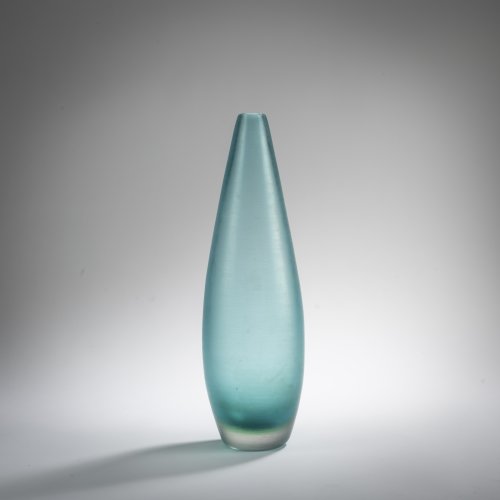
-
Sold
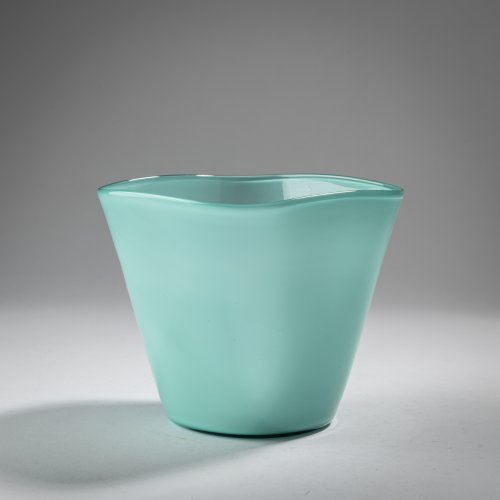
-
Sold
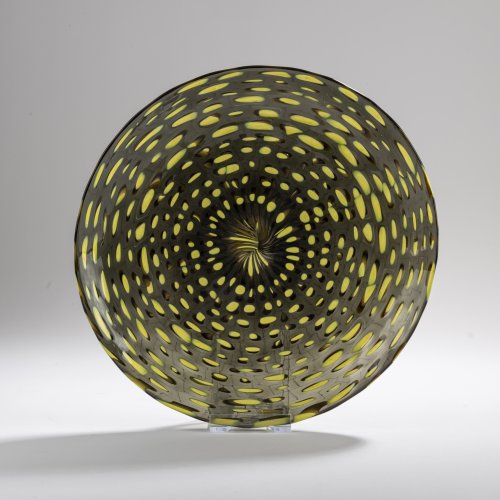
-
Sold
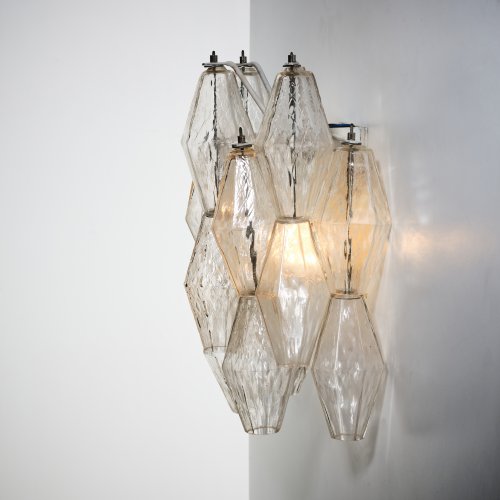
-
Sold
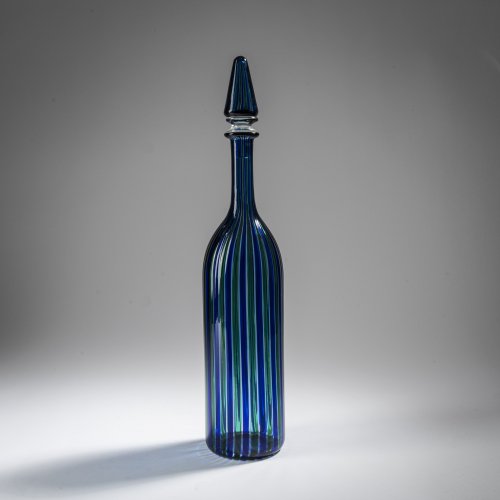
-
Sold
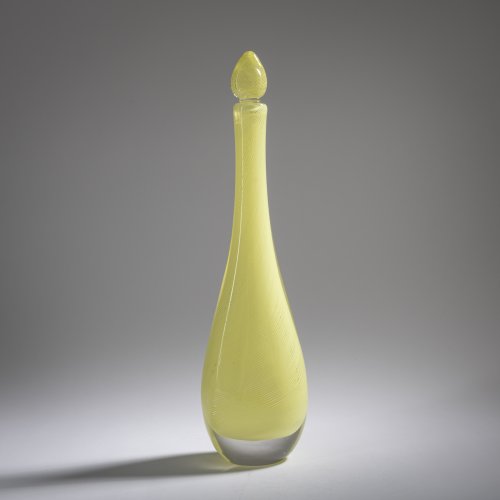
-
Sold
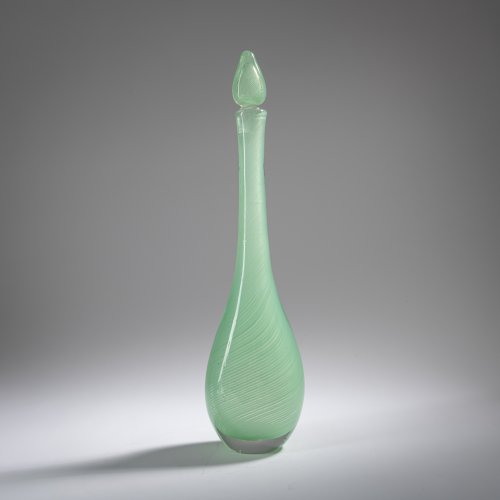
-
Sold
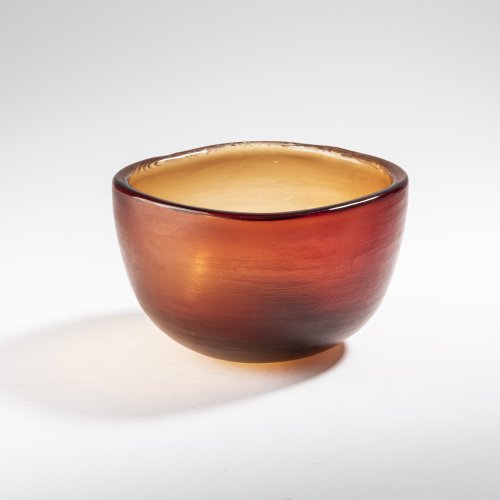
-
Sold
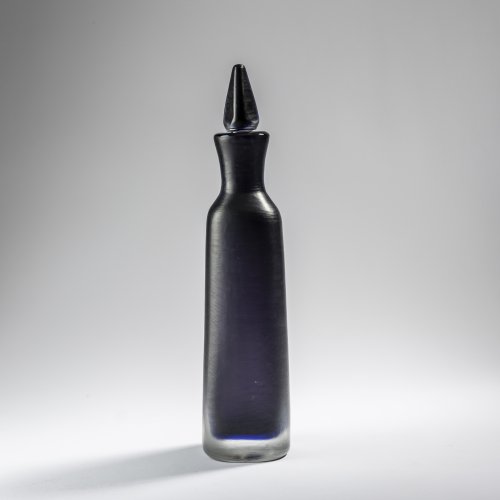
-
Sold
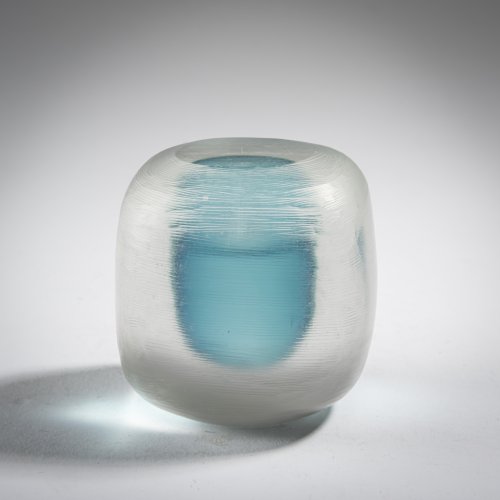
-
Sold
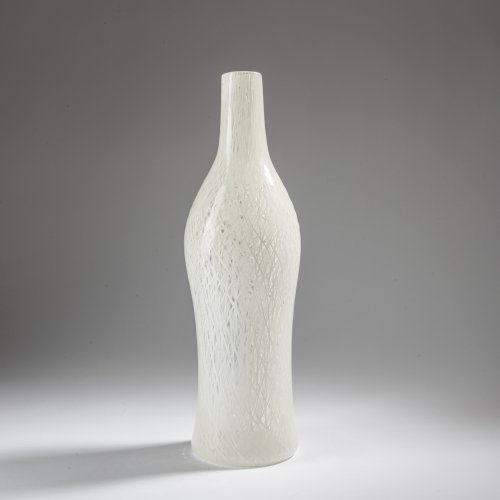
-
Sold
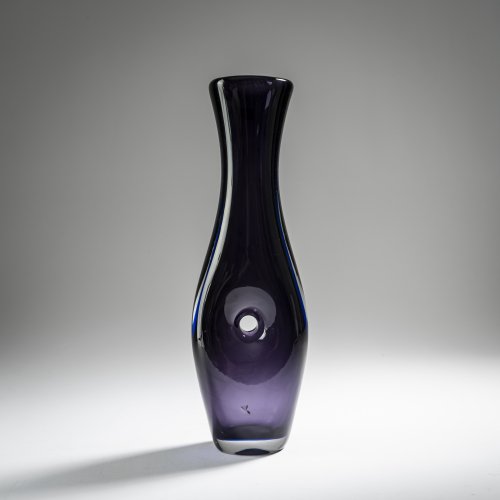
-
Sold
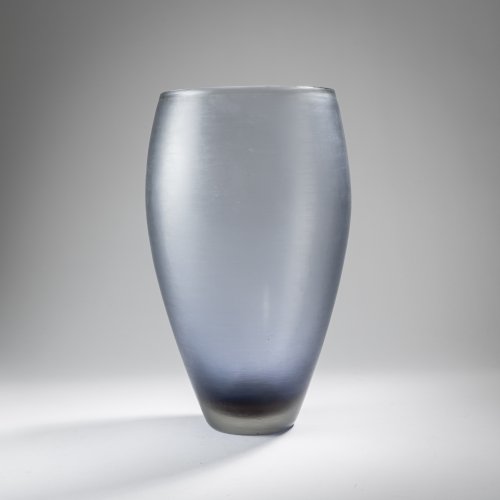
-
Sold
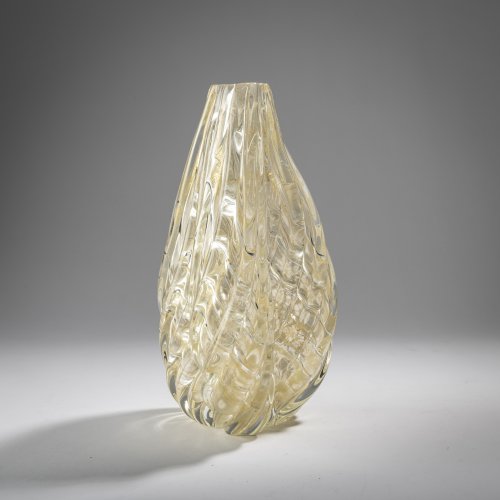
-
Sold
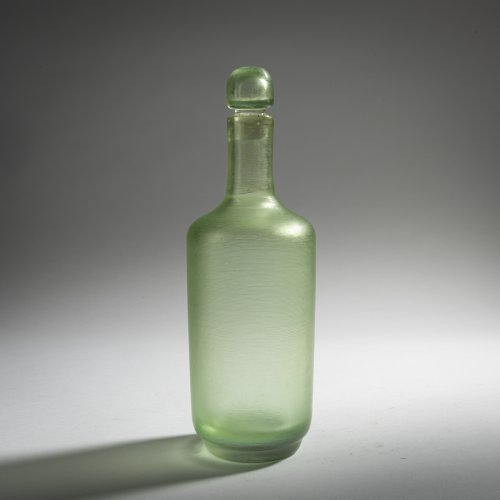
-
Sold
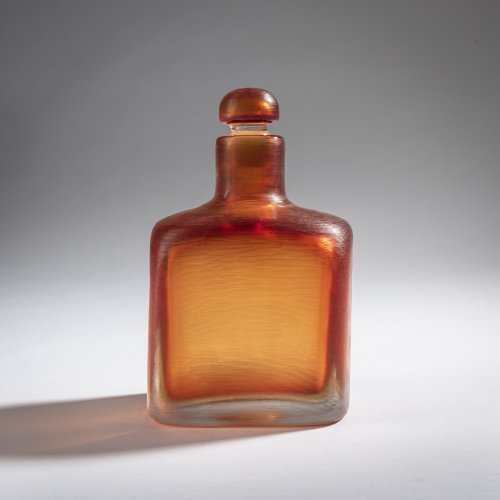
-
Sold
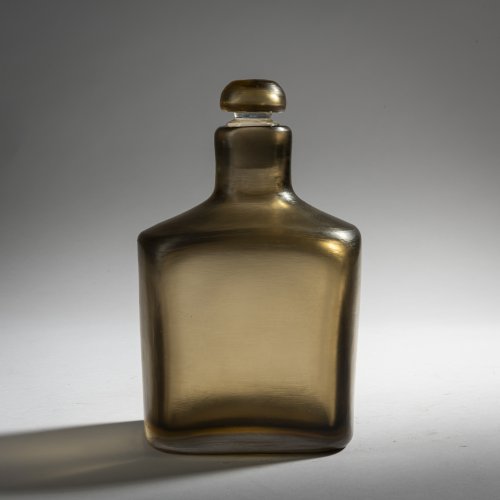
-
Sold
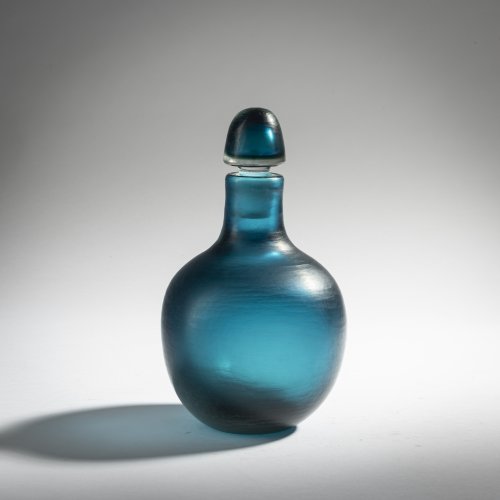
-
Sold
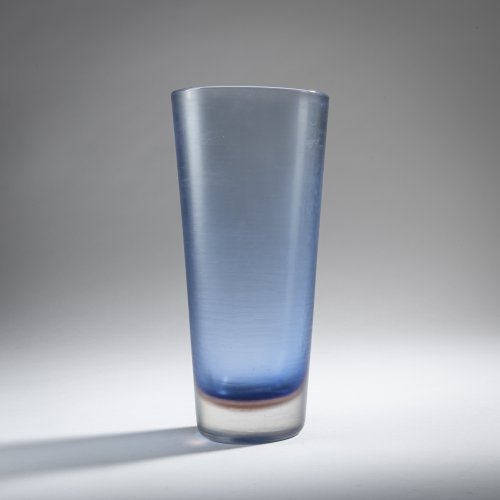
-
Sold
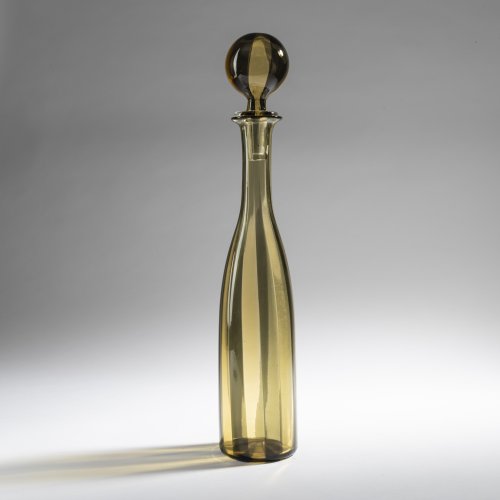
-
Sold
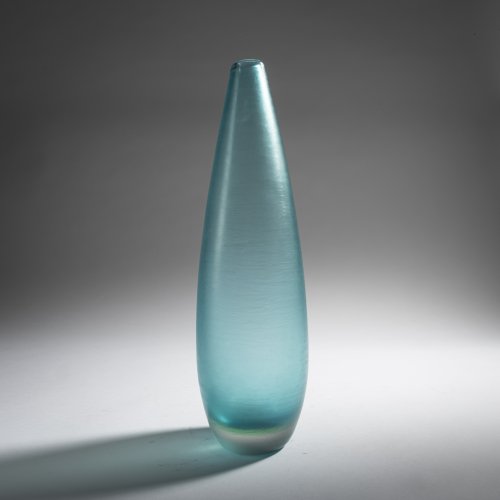
-
Sold
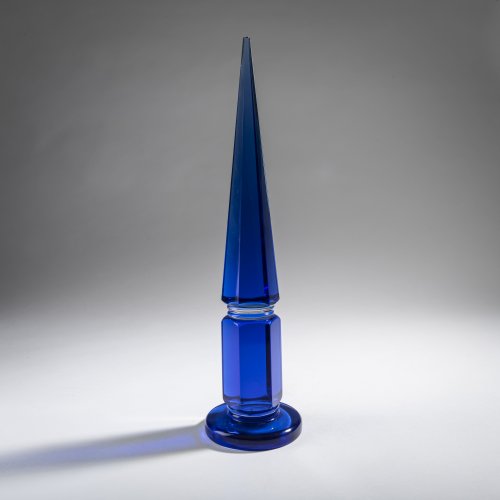
-
Sold
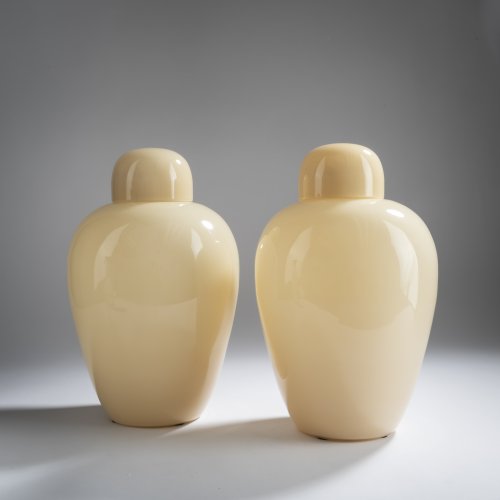
-
Sold
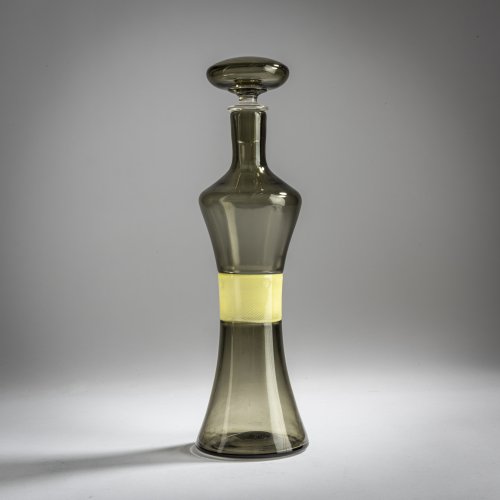
-
Sold
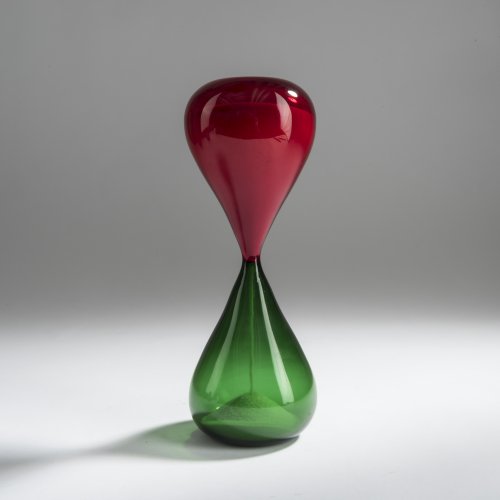
-
Sold
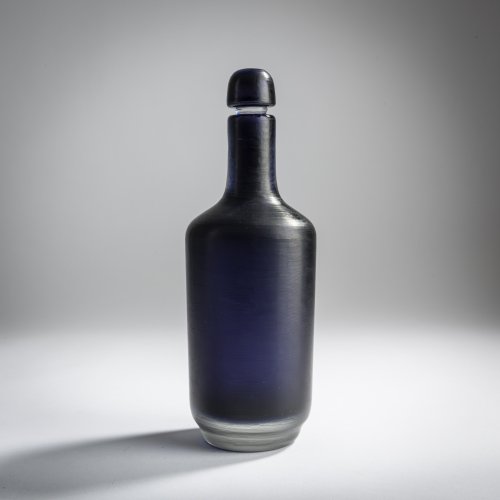
-
Sold
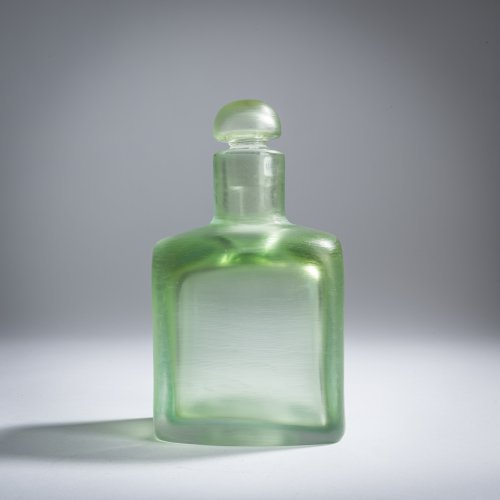
-
Sold
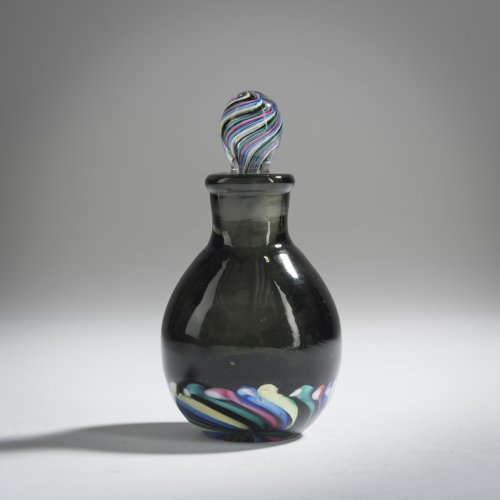
-
Sold
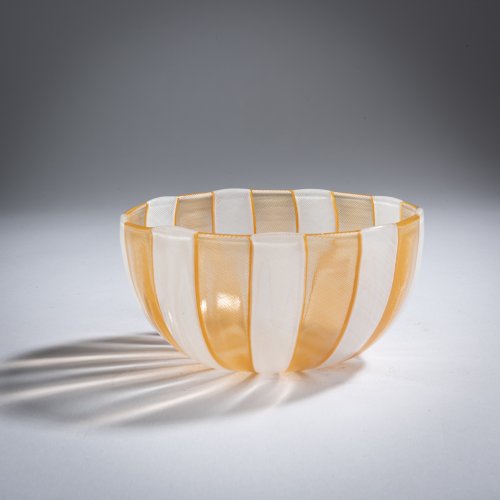
-
Sold
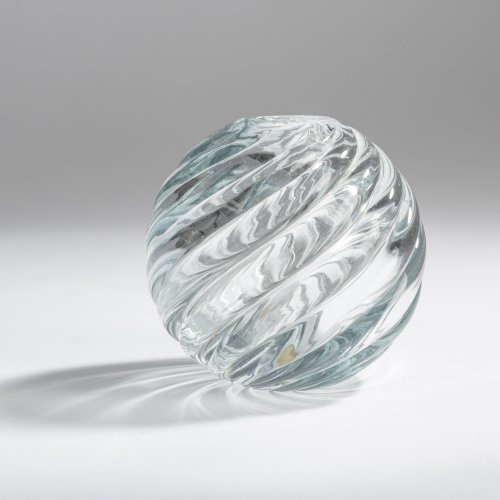
-
Sold
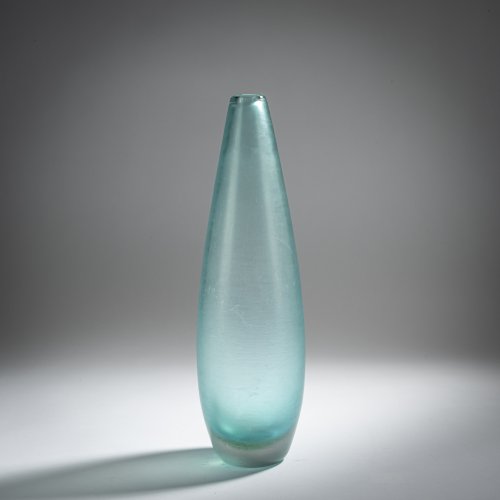
-
Sold
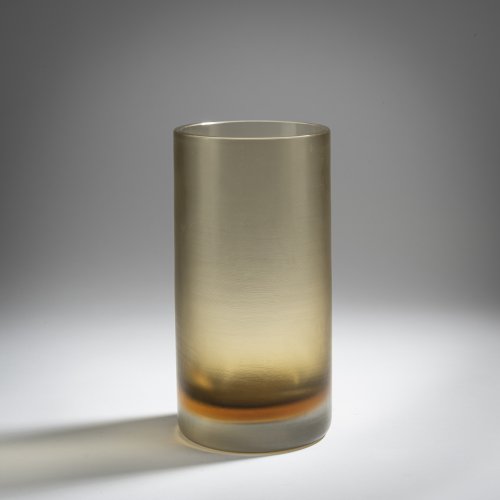
-
Sold
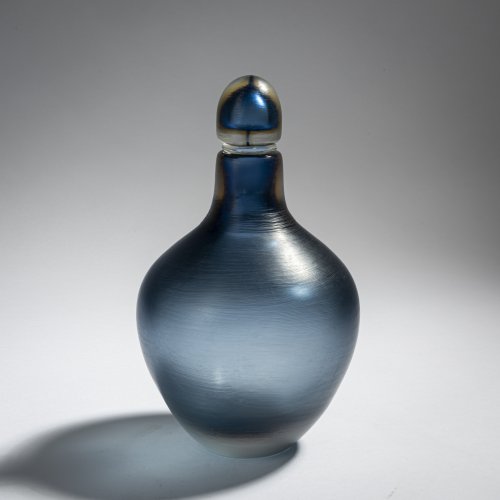
-
Sold
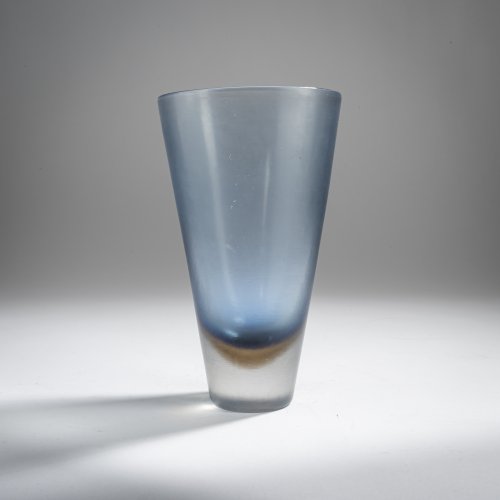
-
Sold
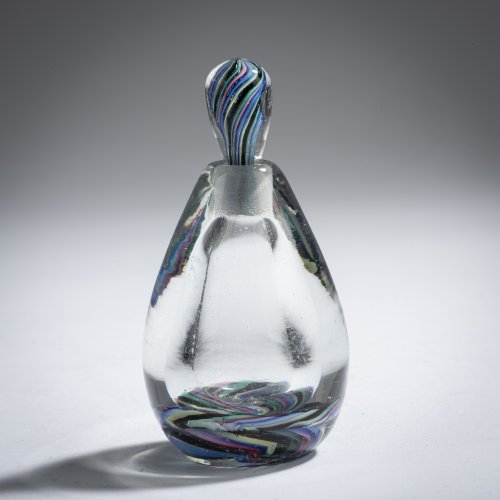
-
Sold
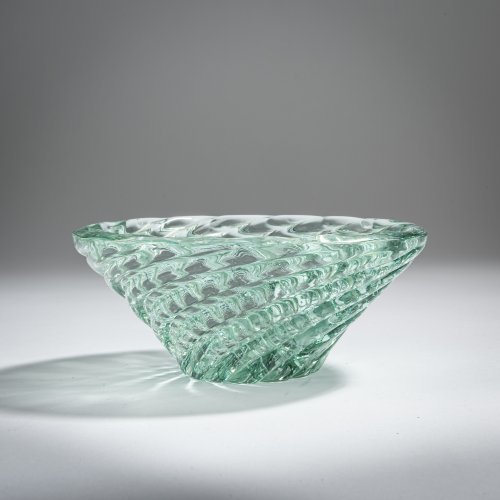
-
Sold
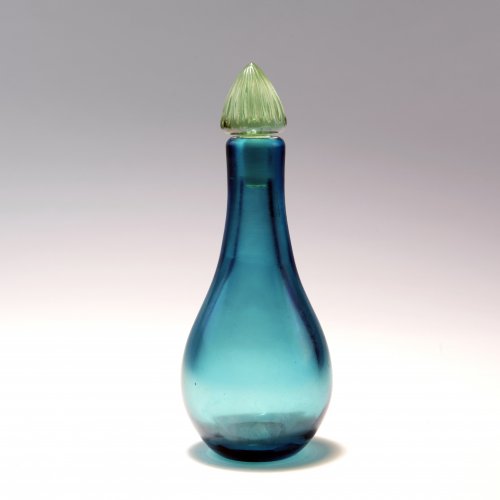
-
Sold
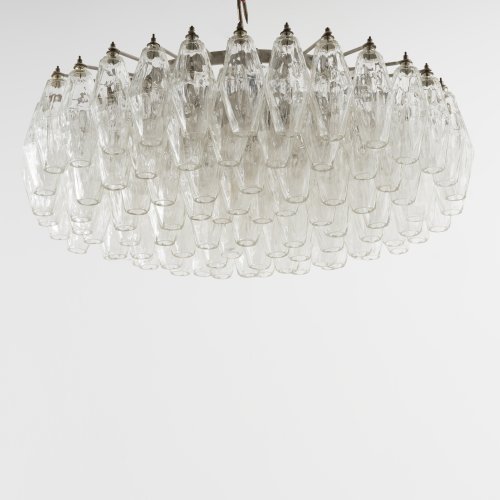
-
Sold
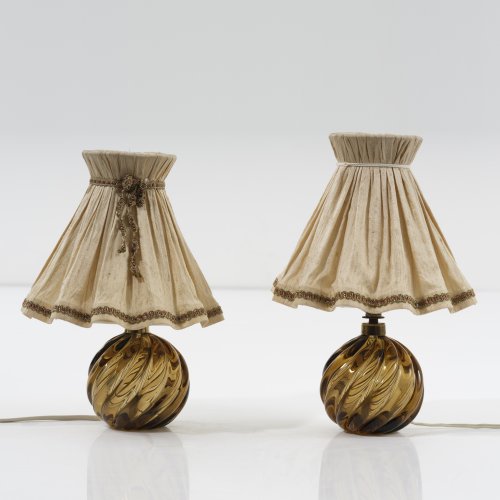
-
Sold
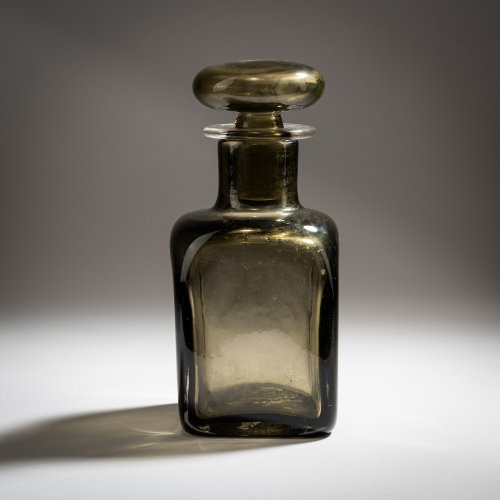
-
Sold
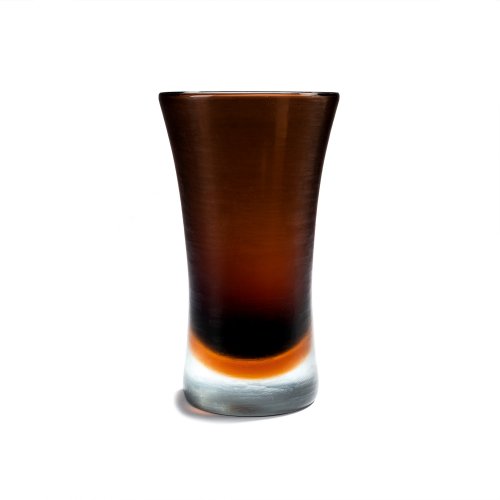
-
Sold
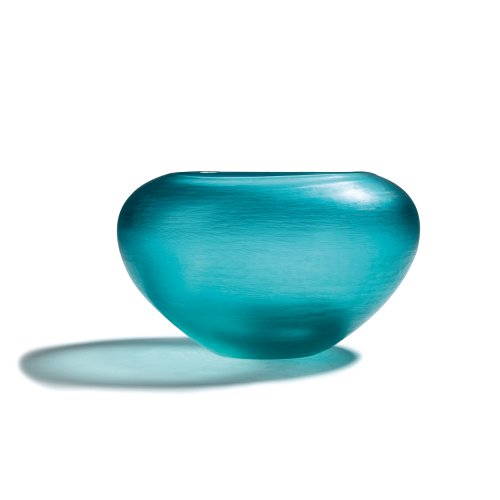
-
Sold
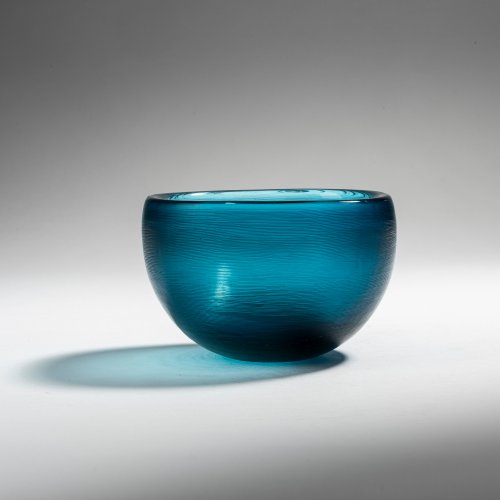
-
Sold
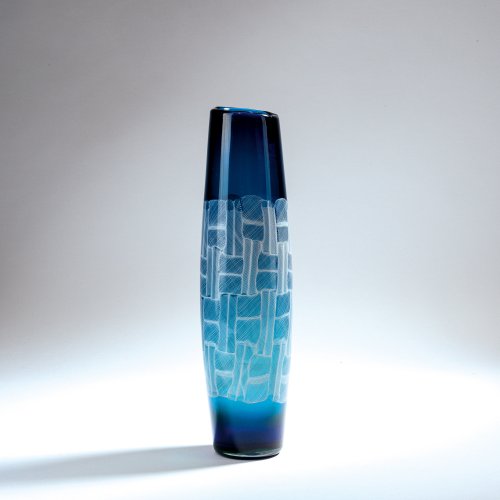
-
Sold
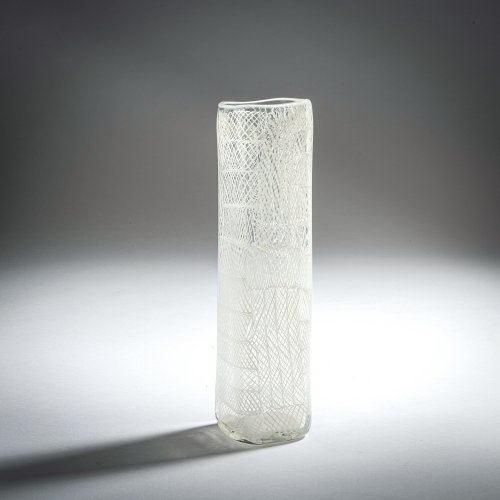
-
Sold
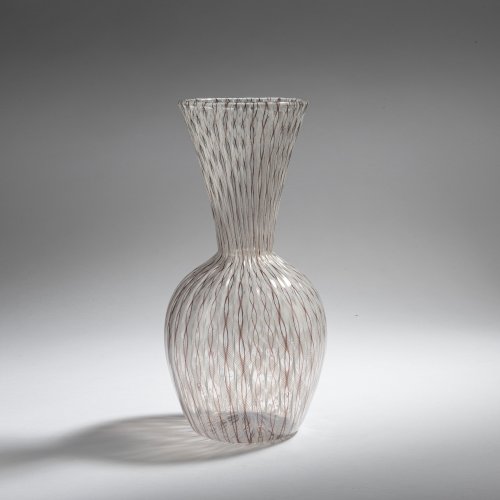
-
Sold
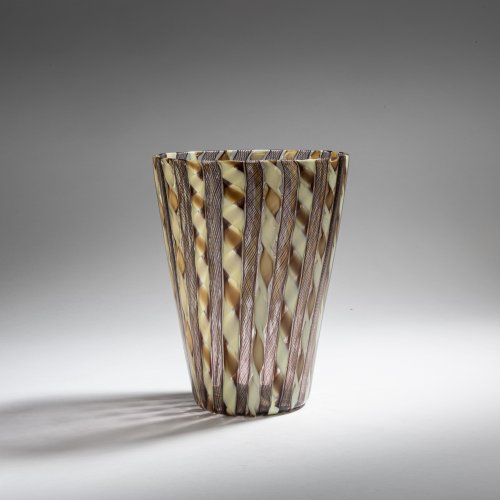
-
Sold
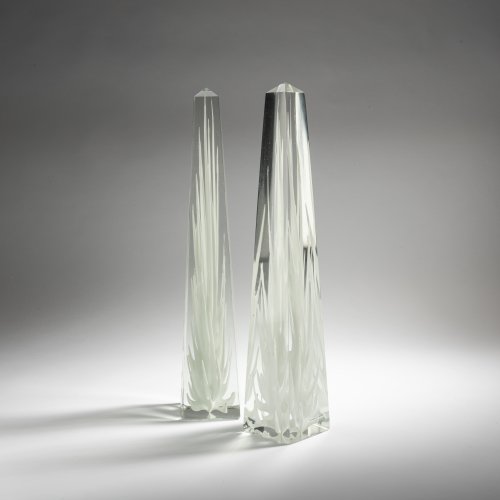
-
Sold
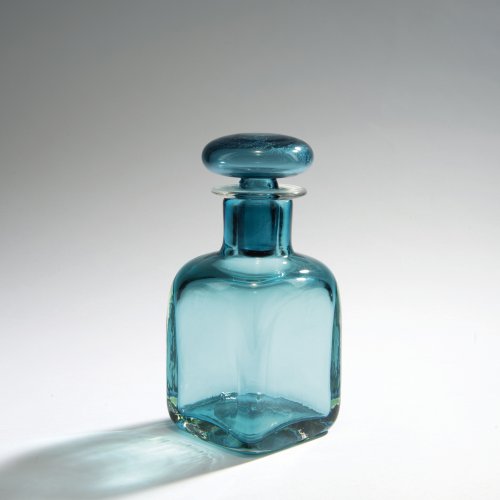
-
Sold
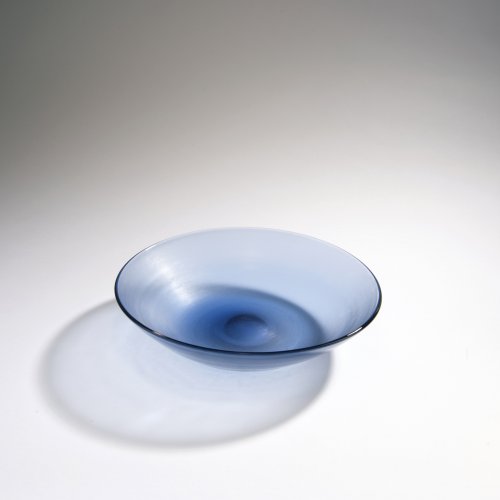
-
Sold
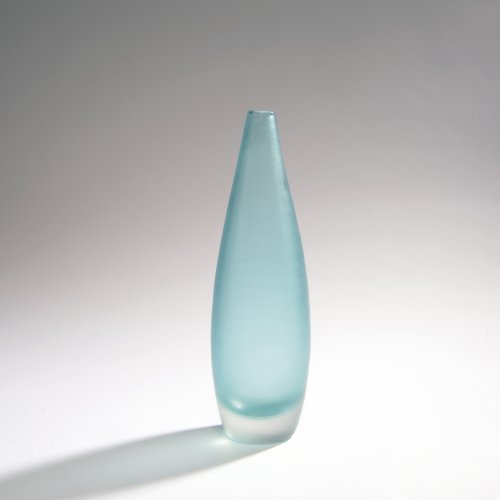
-
Sold
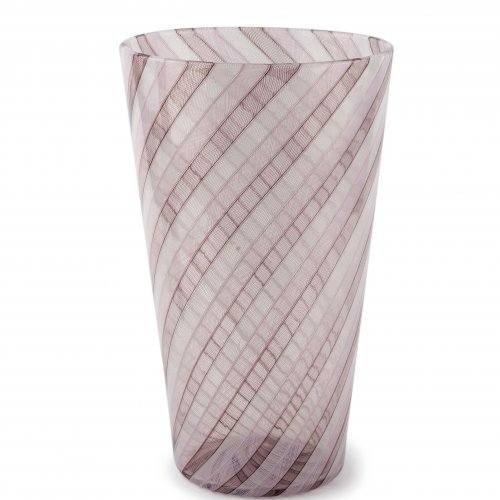
-
Sold
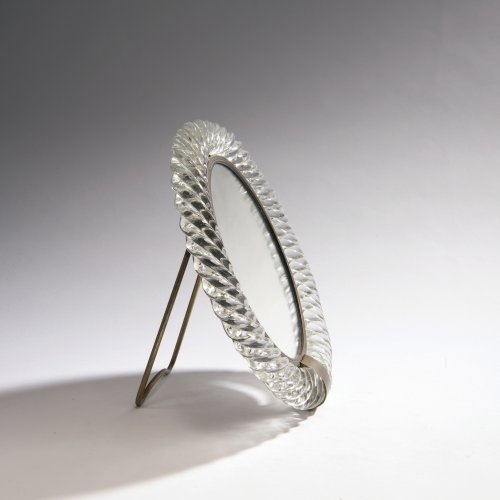
-
Sold
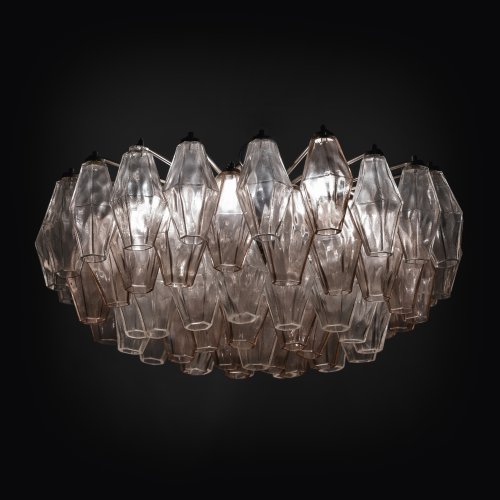
-
Sold
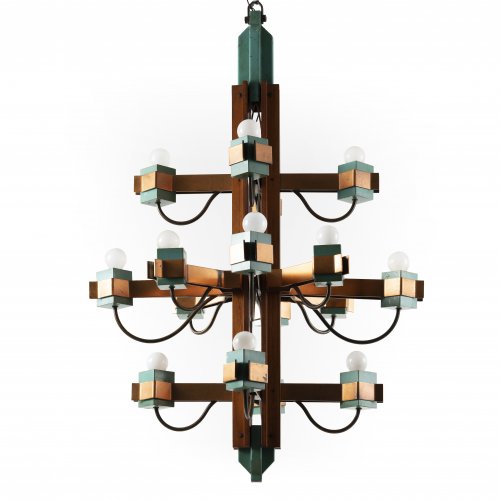
-
Sold
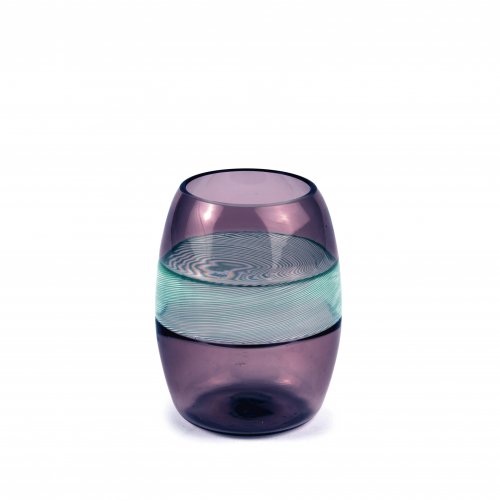
-
Sold
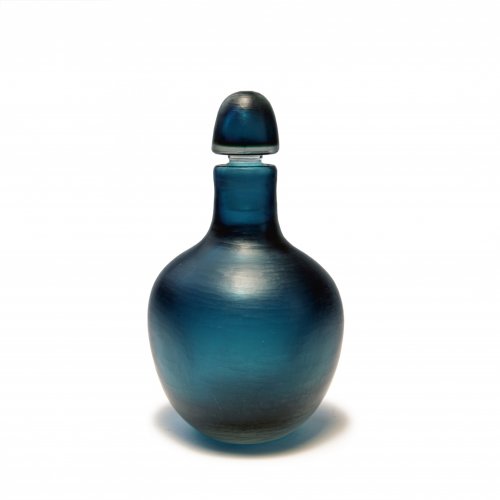
-
Sold
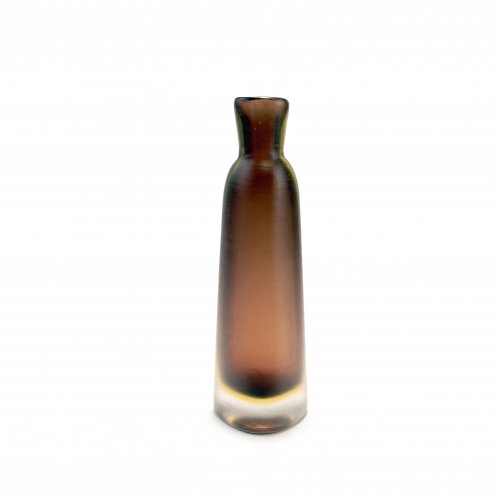
-
Sold
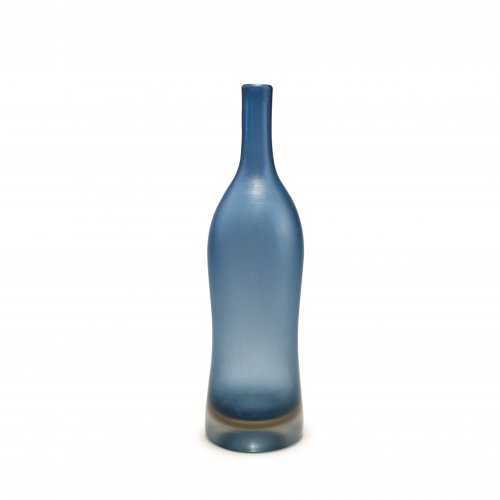
-
Sold
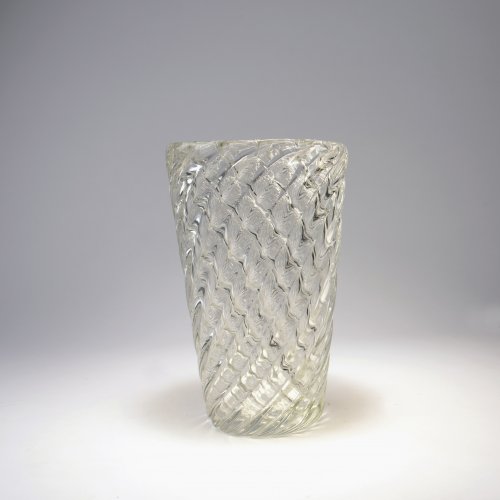
-
Sold
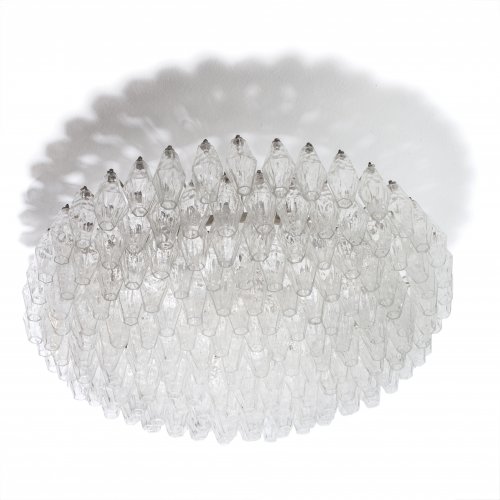
-
Sold
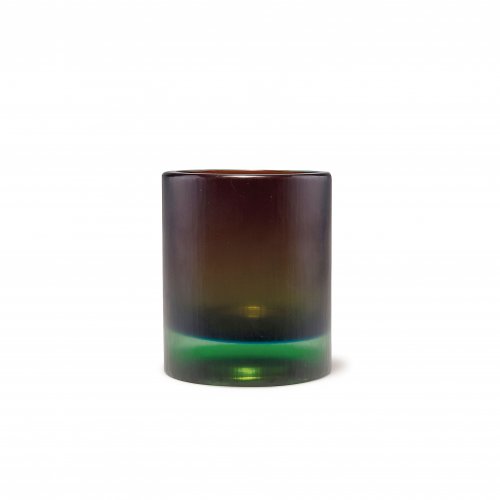
-
Sold
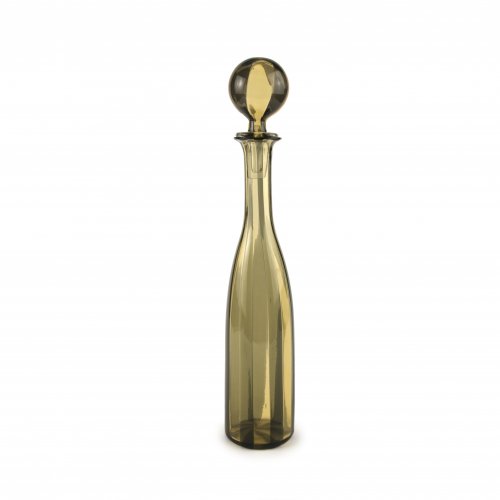
-
Sold
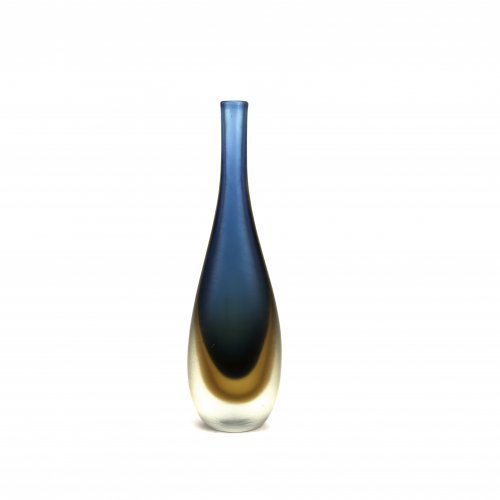
-
Sold
-
Sold
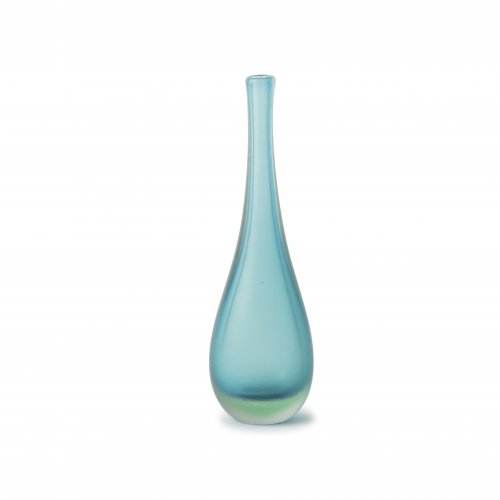
-
Sold
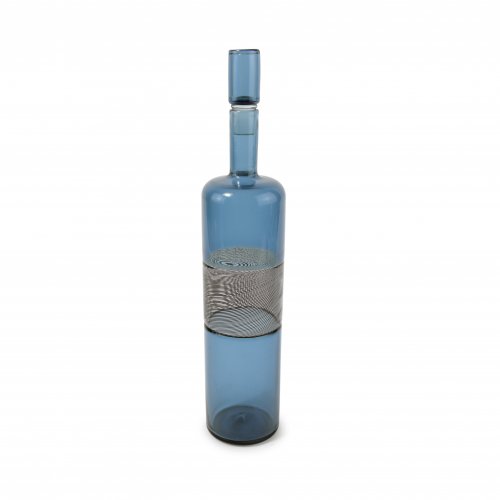
-
Sold
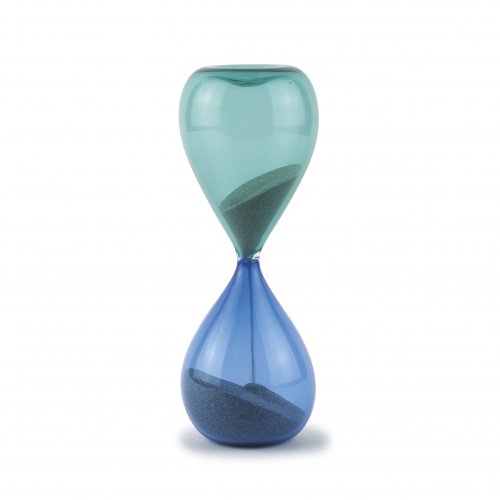
-
Sold
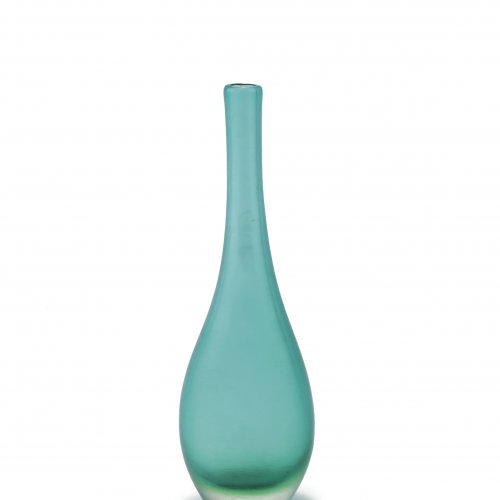
-
Sold
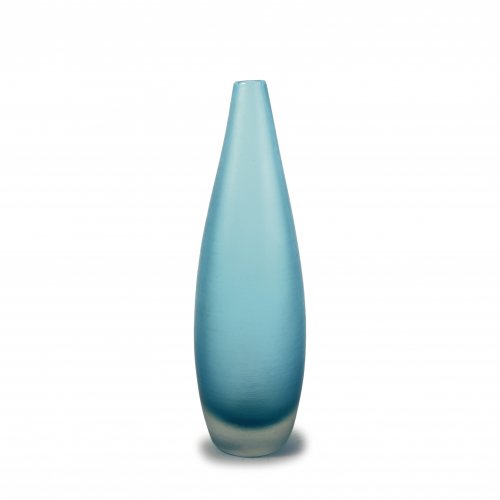
-
Sold
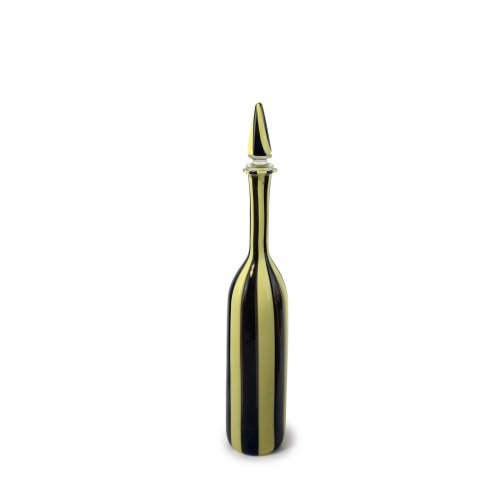
-
Sold
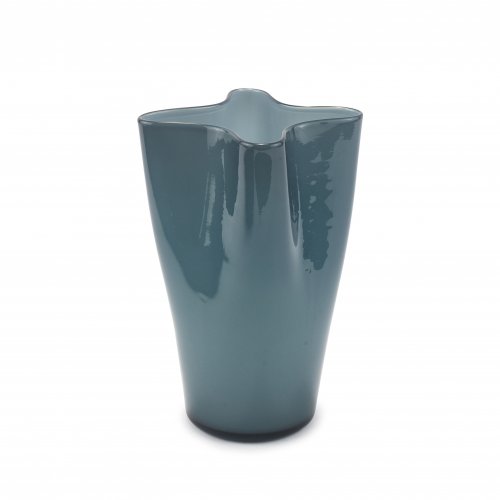
-
Sold
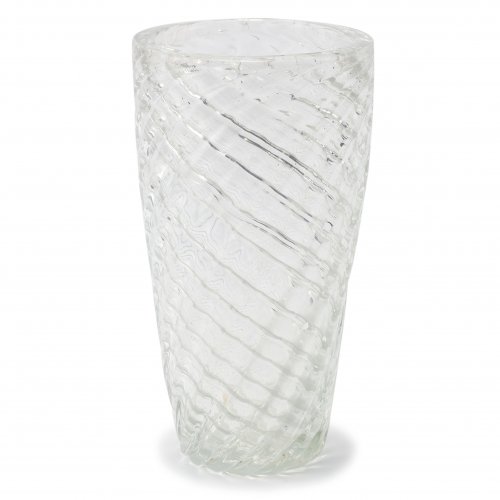
-
Sold
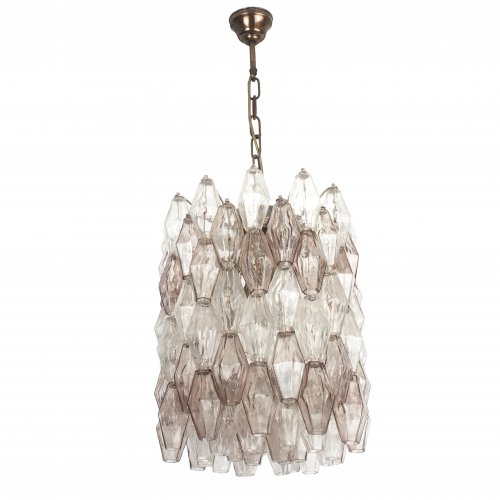
-
Sold
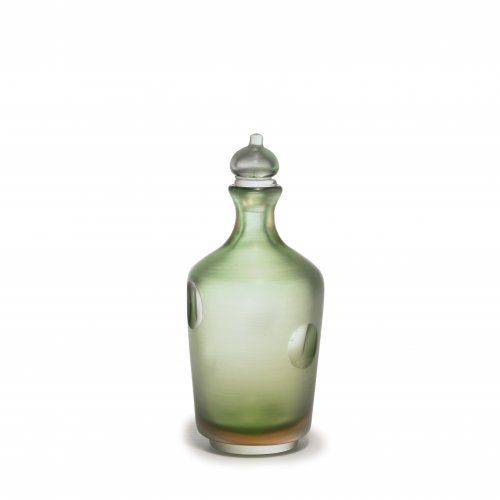
-
Sold
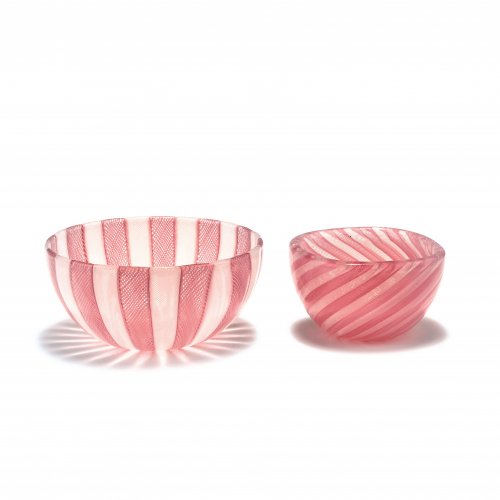
-
Sold
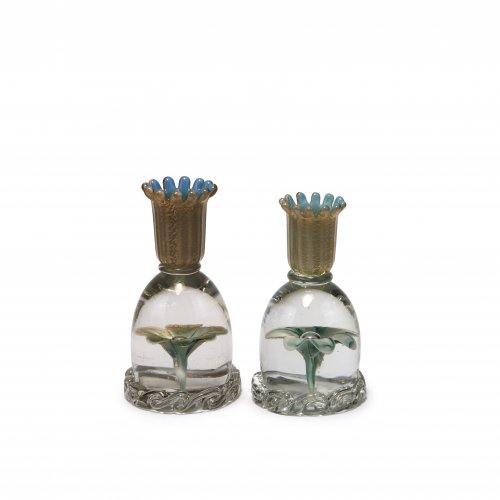
-
Sold
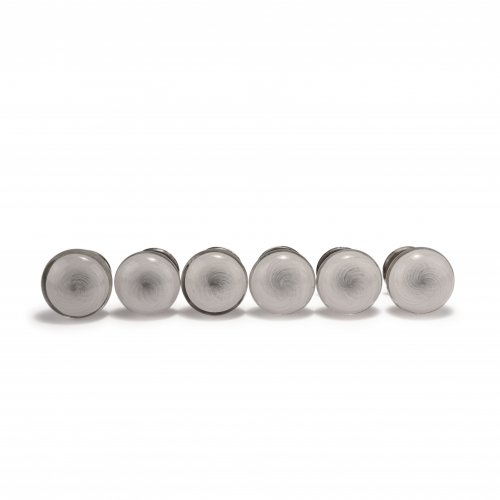
-
Sold
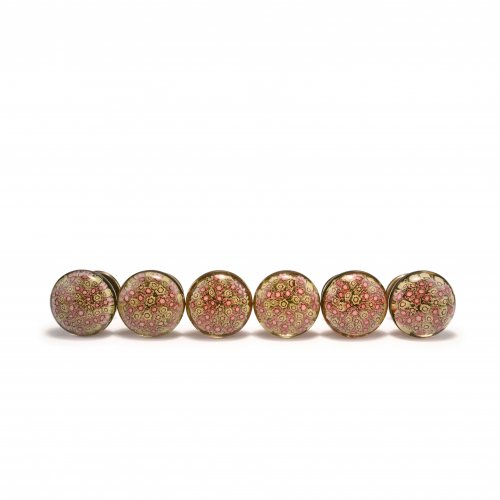
-
Sold
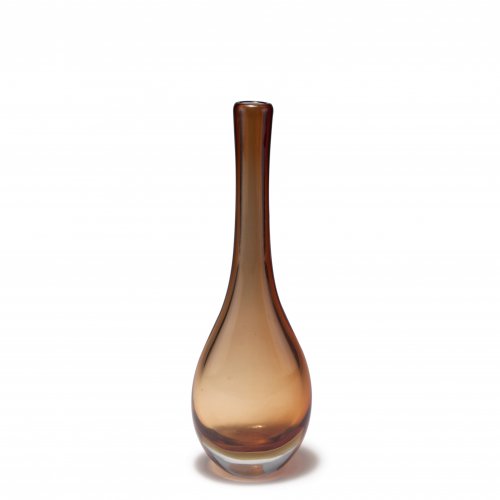
-
Sold
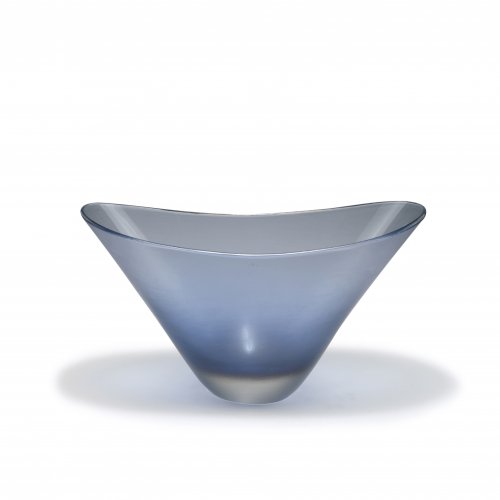
-
Sold
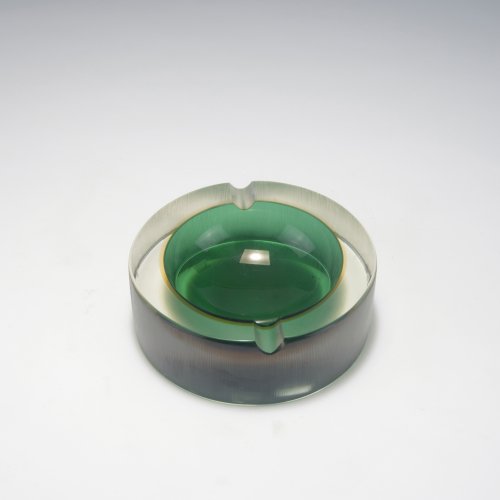
-
Sold
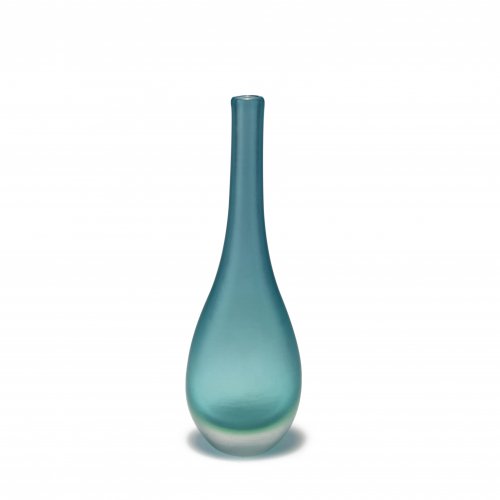
-
Sold
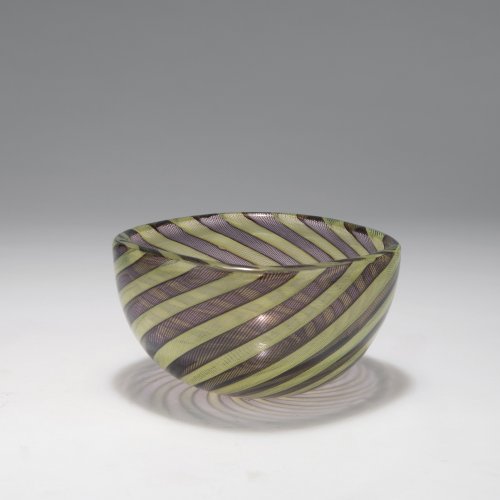
-
Sold
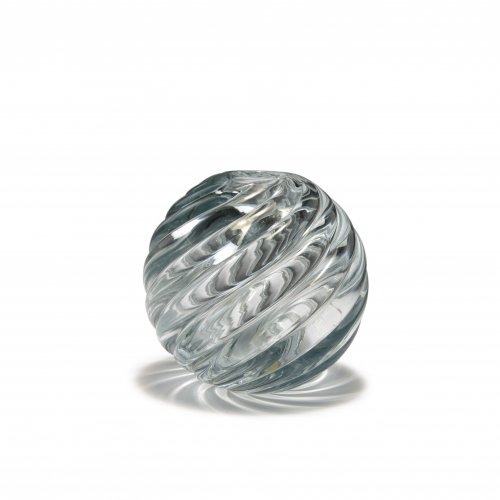
-
Sold
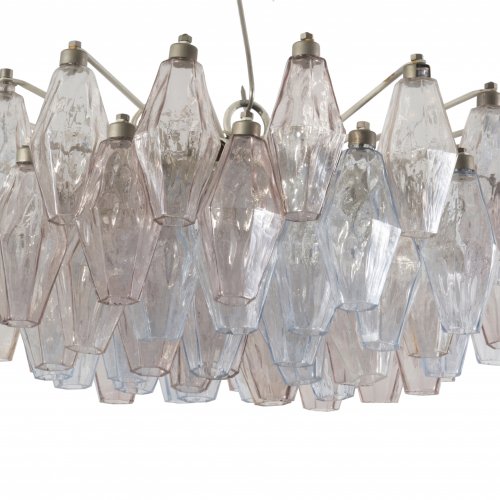
-
Sold
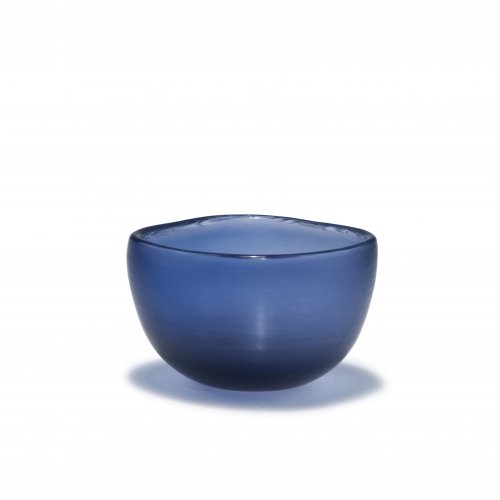
-
Sold
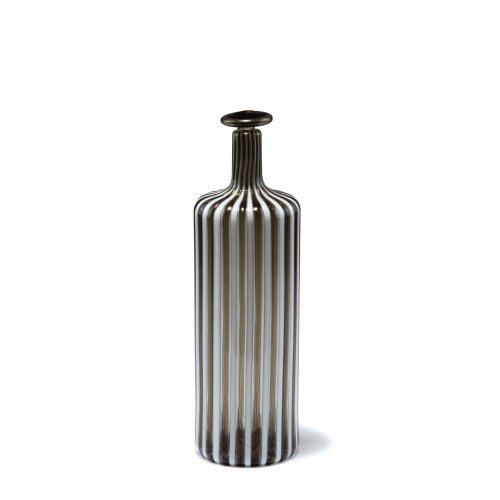
-
Sold
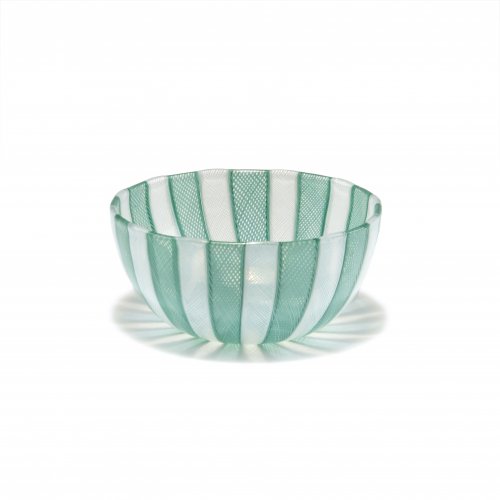
-
Sold
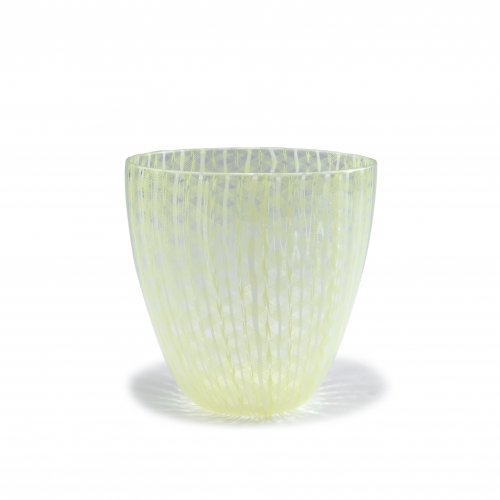
-
Sold
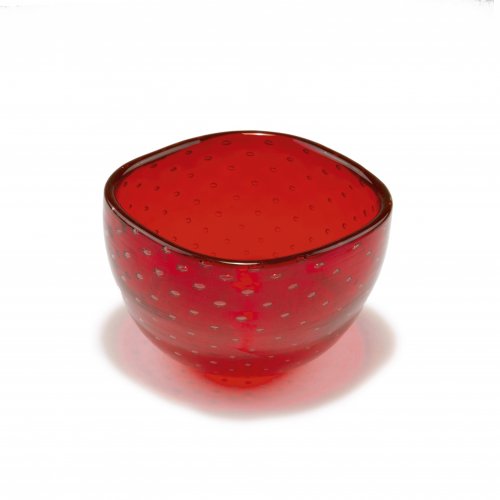
-
Sold
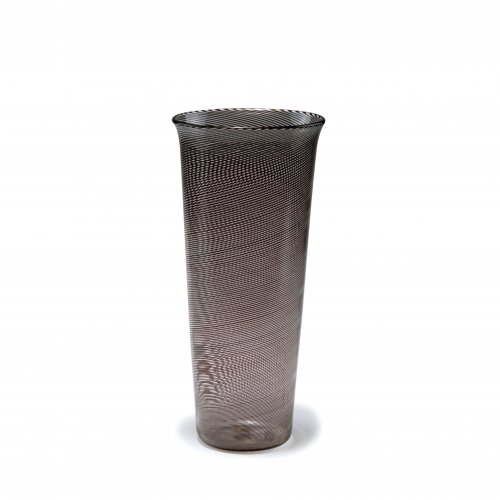
-
Sold
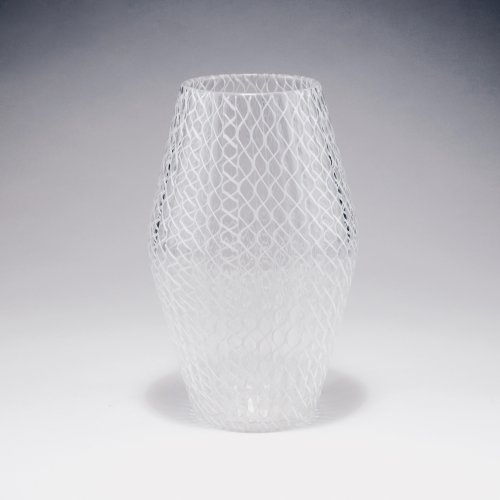
-
Sold
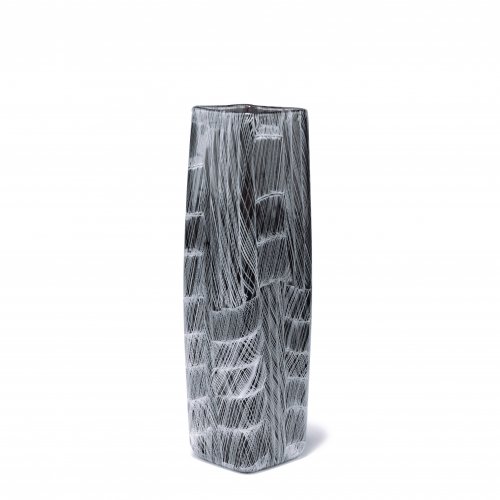
-
Sold
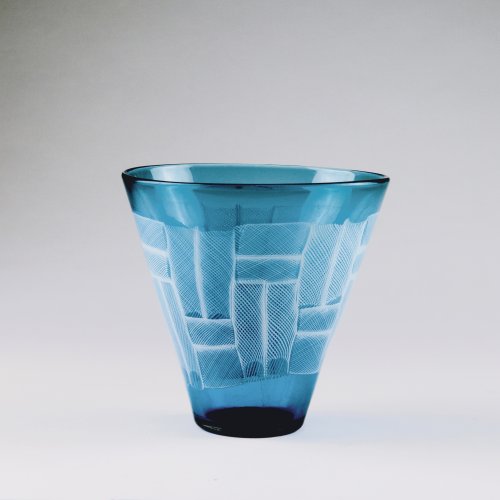
-
Sold
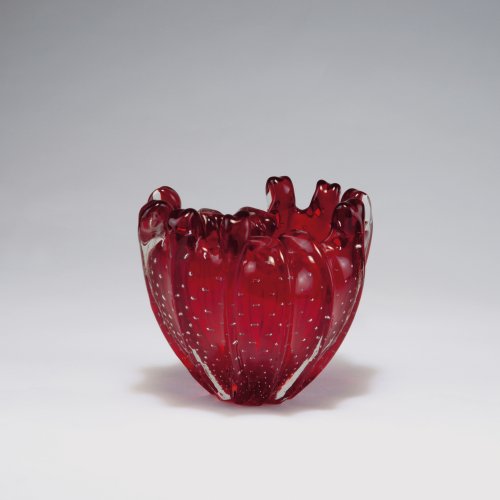
-
Sold
Paolo Venini Venini & C., Murano
'A doppio incalmo' bottle with stopper, c1956
Hammer Price: 1,000 €
-
Sold
-
Sold
-
Sold
-
Sold
-
Sold
-
Sold
-
Sold
-
Sold
-
Sold
-
Sold
-
Sold
-
Sold
-
Sold
-
Sold
-
Sold
-
Sold
-
Sold
-
Sold
